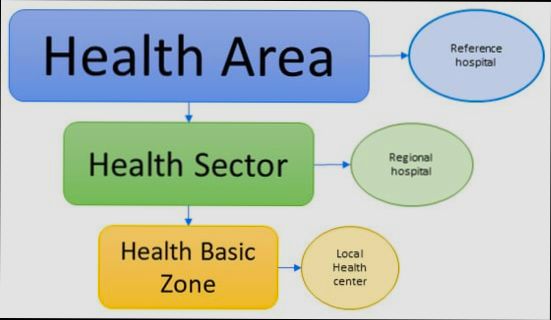- Overview of Public Health Care System
- Eligibility for Hospital Services for Tourists
- Cost Breakdown of Hospital Services
- Emergency Services and Their Accessibility
- Comparative Analysis: Hospital Costs for Tourists vs. Residents
- Statistics on Tourist Healthcare Usage in Spain
- Insurance Requirements for Medical Care
- Common Medical Issues Faced by Tourists
- Case Study: Hospital Experiences of International Visitors
- Steps to Access Healthcare as a Tourist
- Table: Comparison of Hospital Charges by Region
- Resources for Emergency Assistance in Spain
Are hospitals free in Spain for tourists? If you’re planning a trip to sunny Spain, you might be wondering about healthcare and whether you’d be covered in case of an unexpected illness or injury. It’s a common question, especially for travelers who want to enjoy their holiday without worrying about hefty medical bills. Generally, Spain has a publicly funded healthcare system, which means that residents enjoy a range of medical services, but the rules can be a bit different for tourists.
In Spain, emergency medical services are free for everyone, including tourists. So if you find yourself in a bind—whether it’s a sudden bout of food poisoning in Barcelona or a minor injury while hiking in the mountains—you’ll be able to get help without any direct costs at the emergency room. However, when it comes to non-emergency treatments or hospital stays, things can get a bit tricky. Tourists often need travel insurance to cover the costs, as many public healthcare services may charge fees for non-urgent care. For example, if you need to see a doctor for a recurring issue like a migraine or a rash, you might be required to pay out of pocket unless your insurance kicks in.

Understanding Healthcare in Spain for Tourists
So, you’re planning a trip to Spain? Awesome! But let’s talk about something super important: healthcare. You might be wondering, “Are hospitals free in Spain for tourists?” Well, buckle up, because here’s the scoop!
Spain’s Public Healthcare System
Spain has a solid public healthcare system, known as the Sistema Nacional de Salud (SNS). This system provides healthcare to residents, but for tourists, things work a bit differently.
Public vs. Private Healthcare
While Spanish residents enjoy access to hospitals and services at no cost, tourists typically won’t have the same experience unless you meet specific conditions.
| Type of Traveler | Access to Free Healthcare |
|---|---|
EU Citizens with EHIC | Yes, to necessary treatments |
Non-EU Citizens | No, usually need to pay |
Travel Insurance Holders | Yes, should cover costs |
Emergency Care
If you’re in a pinch and need emergency medical attention, you can go to any public hospital. Just remember, you might have to pay out of pocket if you’re not covered by the EHIC (European Health Insurance Card) or have travel insurance.
For instance, a visit to the emergency room could cost you anywhere from €50 to €300 depending on the service. So, having insurance is definitely a smart idea!
What to Do If You Need Help
If you do find yourself needing medical help, here are a few tips:
Look for the nearest hospital or clinic using platforms like Residoora for location services.
Bring your passport and any medical records if you have them, just in case!
Don’t hesitate to call emergency services at 112 for urgent cases.
Final Thought
So, while there are some options for free healthcare in Spain for tourists, it’s best to be prepared. Make sure you have travel insurance or know if your European health card is going to work for you. Enjoy your trip and stay healthy!
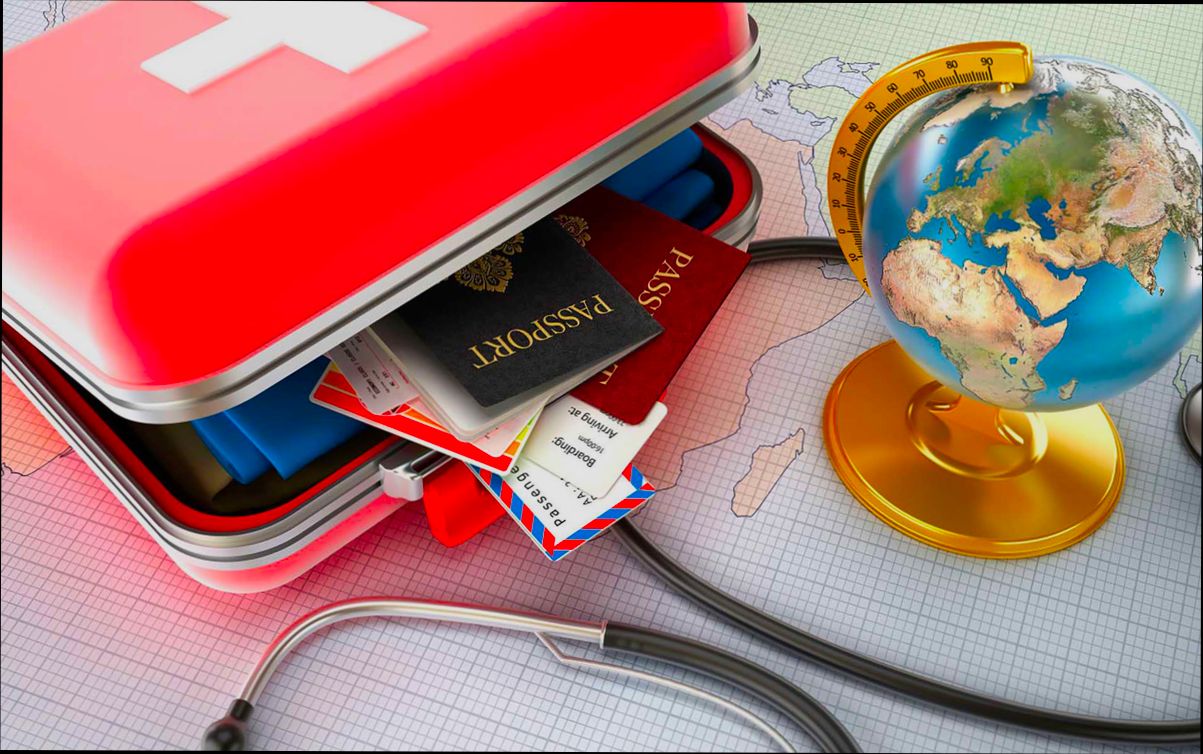
Overview of Public Health Care System
Alright, let’s break this down. Spain has a public health care system that’s pretty impressive. It’s known as the National Health System (SNS), and it’s funded by taxes. Basically, everyone pays into it, and in return, they get access to some solid health care services.
How Does It Work?
When you visit a public hospital in Spain, here’s what typically happens:
You might take a number and wait your turn, but hey, it’s part of the experience!
Most services are free for residents, but for tourists, things are a bit different (stay tuned for that).
Healthcare professionals generally speak English, especially in larger cities — so don’t sweat the language barrier!
Key Stats
Did you know that in 2020, Spain had around 2.4 hospital beds per 1,000 inhabitants? That’s not too shabby! And, according to WHO, Spain ranks high in terms of healthcare quality, landing in the top 10 globally.
What Services Are Covered?
The SNS covers a wide range of services including:
| Service | Coverage Status |
|---|---|
Emergency Services | Free for everyone |
Primary Care | Free for residents; tourists may have fees |
Specialist Appointments | Free for residents; tourists may have fees |
Medicines | Subsidized for residents; not free for tourists |
As you can see, while most services are free for residents, tourists might end up paying fees, especially for non-emergency situations. Always good to be prepared!
How to Get Help?
If you’re a tourist and find yourself in need, head to the nearest public hospital or clinic. Just remember, having health insurance is a smart move for covering any unexpected costs. They might charge you for some services, but many people report that emergency care is typically provided without any upfront cost.
So, while Spain’s healthcare system is robust and mostly free for locals, don’t forget about your wallet if you’re just visiting! Keep everything in mind, and you’ll navigate the Spanish health system like a pro!

Eligibility for Hospital Services for Tourists
If you’re a tourist in Spain, you might be wondering if you can access hospital services without breaking the bank. The reality is a bit of a mixed bag!
General Rule of Thumb
In Spain, public healthcare is funded by taxes, which means it’s generally free for residents. But what about visitors? Well, you might not get the same perks unless you’ve got a few things sorted out.
Here’s What You Need to Know:
| Scenario | Eligibility for Hospital Services |
|---|---|
EU Citizens with EHIC | Yes, you’re covered for necessary treatments! |
UK Citizens Post-Brexit | Check your coverage! You may have a reciprocal agreement, but it’s not automatic. |
Non-EU Tourists | No automatic coverage; consider travel insurance! |
Travel Insurance Holders | Usually covered, but check your policy’s details! |
What About Emergency Services?
In case of an emergency, everyone has the right to receive immediate medical attention at public hospitals. However, make sure you have solid travel insurance to avoid any hefty bills later on!
A Quick Example:
Let’s say you sprain your ankle while hiking. If you’re an EU citizen with an EHIC, you can get treatment at a public hospital without paying a dime. But if you’re a tourist from outside the EU, you could be looking at a bill that ranges from €100 to €500 for the same treatment—yikes!
Final Thoughts
To sum it up, if you’re traveling in Spain, always come prepared. Carry your EHIC if you have one, and don’t underestimate the importance of travel insurance! You wouldn’t want to end up in a situation that could cost you a fortune.
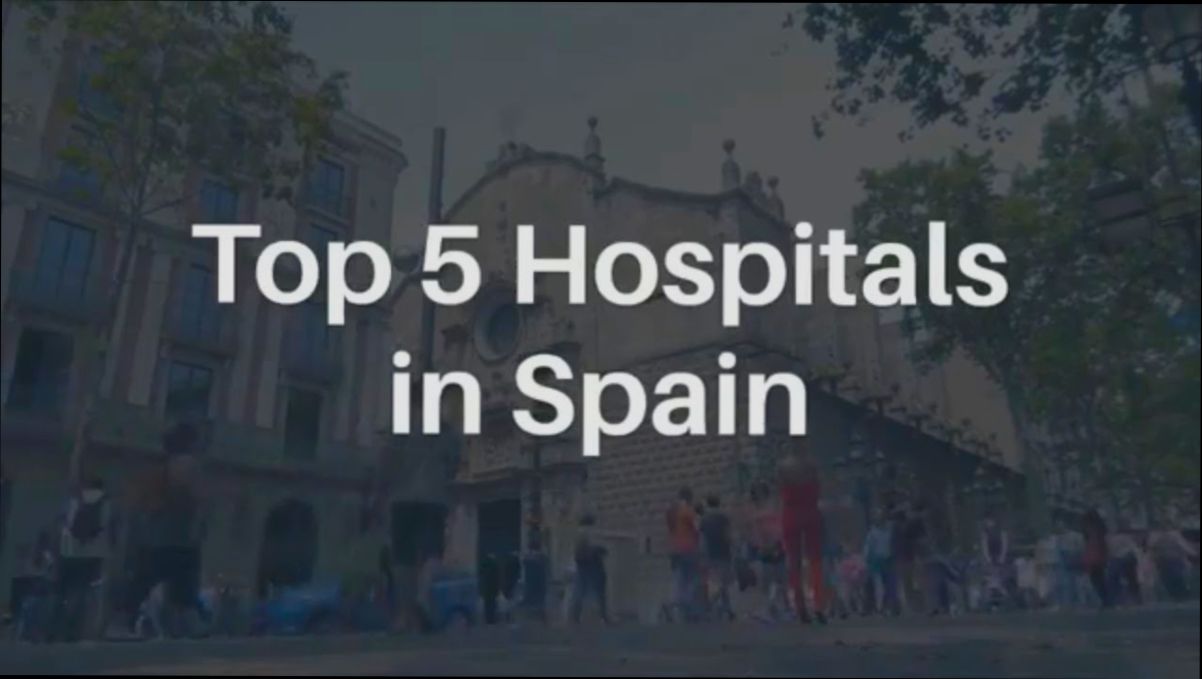
Cost Breakdown of Hospital Services
Alright, let’s dive into what you might end up paying if you find yourself needing medical help in Spain. While Spain’s healthcare system offers universal coverage for residents, tourists should be aware that costs can add up when it comes to hospital services.
| Service | Estimated Cost (in Euros) |
|---|---|
Emergency room visit | 110 - 200 |
General consultation | 40 - 80 |
X-ray | 60 - 100 |
Blood tests | 30 - 150 |
Inpatient treatment per day | 300 - 750 |
Now, keep in mind these costs are just estimates and can vary based on the hospital and the region you’re in. For instance, cosmopolitan areas like Madrid or Barcelona might have higher prices compared to smaller towns.
If you have travel insurance, it’s totally worth checking what’s covered. Many plans will reimburse for medical expenses abroad, but it’s better to know the details before getting treated!
Also, platforms like Residoora can help find affordable accommodation near hospitals should you need to stay a while, making your medical visits a bit smoother on the wallet.
In a nutshell, while the Spanish healthcare system is fantastic, as a tourist, don’t expect free services. Budget wisely, and stay informed!
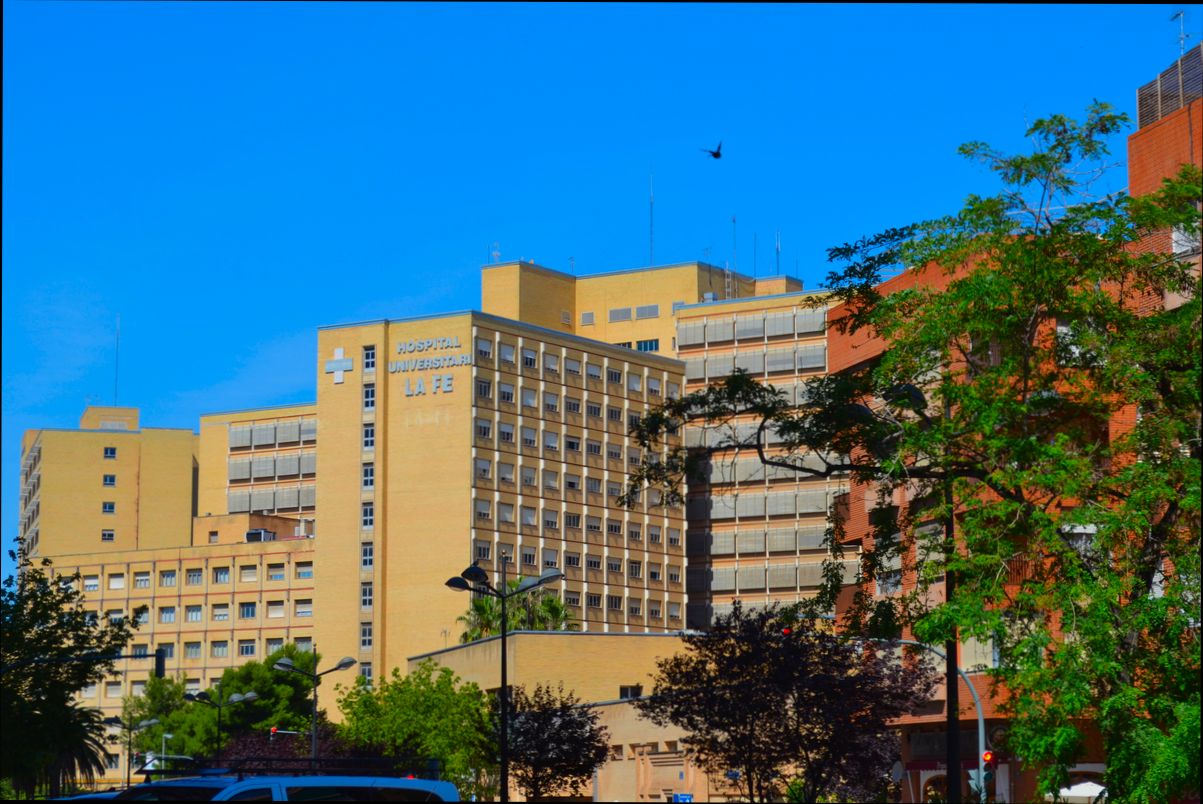
Emergency Services and Their Accessibility
So, let’s chat about emergency services in Spain. If you’re a tourist and find yourself in a bit of a pickle, you’ll be glad to know that Spain has a solid healthcare system. When it comes to emergencies, you can call 112, the universal emergency number. This line connects you to police, fire, or ambulance services—pretty handy, right?
When you do call, be ready to explain your situation clearly. They’ll ask you a few questions, so it’s best to stay calm. Emergency responses are generally fast, with ambulances typically arriving within 10-15 minutes in urban areas. If you’re somewhere remote, it might take a bit longer, so hang tight!
Accessibility for Tourists
If you’re covered by an EU health card or private travel insurance, you’ll often be treated similarly to locals, which is a big plus. Just remember: you might need to show your insurance details at the hospital.
Hospital Charges for Tourists
| Coverage Type | Costs |
|---|---|
EU Health Card | Free or low-cost for necessary treatments |
Private Insurance | Varies based on the policy but usually covers most costs |
No Insurance | Full charges apply; can be expensive |
For example, a visit to the emergency room for a minor issue could cost anywhere from 50 to 500 euros if you’re uninsured. Yikes! So it’s always smart to check your coverage before traveling.
There’s also the option of using AI platforms like Residoora to help you find nearby hospitals and clinics. This can be a lifesaver if you’re in an unfamiliar place and in need of quick assistance. It’s like having a local friend who knows the best spots for healthcare!
In short, whether you’re a backpacker or staying in luxury, Spain’s emergency services are pretty accessible to tourists. Just make sure to keep your insurance info handy, and you should be just fine!
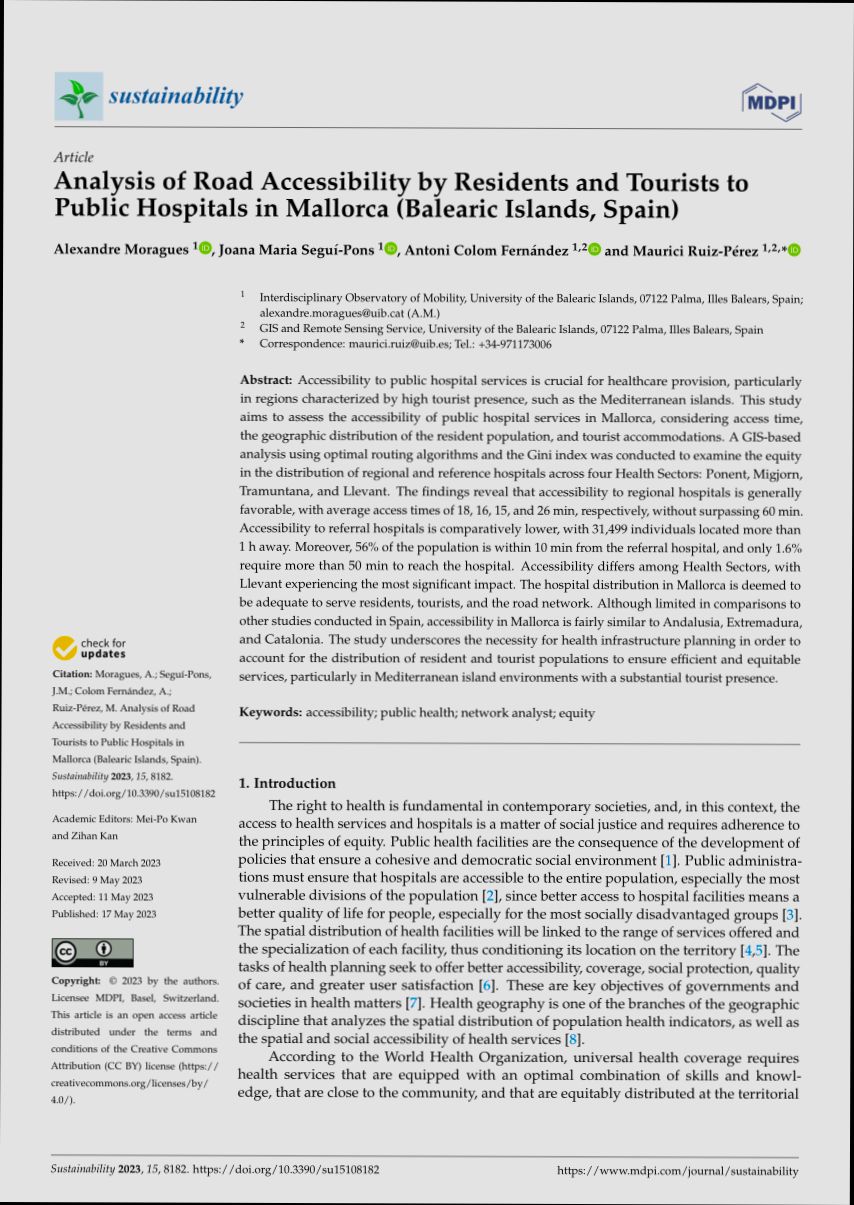
Comparative Analysis: Hospital Costs for Tourists vs. Residents
When it comes to healthcare in Spain, things can get a bit tricky for tourists. So, how do hospital costs break down between locals and visitors? Let’s dive right in.
Resident Costs: Sweet Deals
Residents in Spain enjoy a fantastic deal when it comes to healthcare. If you’re a local, you probably know that the public healthcare system covers you for most things, meaning you pay little to nothing out of pocket. In fact, for a visit to a public hospital, the cost can be as low as €0 to €10 depending on treatment. Pretty sweet, right?
Tourist Costs: A Different Ball Game
Now, here’s where it gets a bit sticky for tourists. If you’re visiting Spain and need medical attention, the bill can hit hard. Emergency services for tourists can range from €300 to €1,000 or more, depending on what you need. Even a simple doctor’s visit could cost around €45 to €200.
| Service Type | Cost for Residents | Cost for Tourists |
|---|---|---|
Emergency Room Visit | €0 - €10 | €300 - €1,000+ |
General Practitioner Visit | €0 - €10 | €45 - €200 |
Specialist Consultation | €0 - €30 | €100 - €300 |
Insurance Matters
To get around these hefty costs, many tourists opt for travel insurance. This can cover emergency treatments, but keep an eye on the fine print—some policies have loopholes that could leave you hanging. Plus, if you’re from an EU country, don’t forget about the European Health Insurance Card (EHIC), which can help you score treatment at a lower cost.
Real-Life Examples
Imagine you’re a tourist with a sudden headache that just won’t go away. You might have hoped to stroll into a public hospital for some quick relief, but you could end up paying around €100 just to see a doctor! If you’re a resident, though, you’d walk in, get treated, and pay next to nothing.
Another scenario: an unfortunate slip and fall while enjoying the beautiful Spanish beaches. A resident might spend a few euros on an x-ray, while a tourist could be slapped with a bill over €500. Ouch!
So, if you’re planning on visiting Spain, make sure you’re prepared—understand the costs and consider getting travel insurance. Having that peace of mind can save you a lot in the long run!

Statistics on Tourist Healthcare Usage in Spain
So, how many tourists actually use healthcare services while visiting Spain? Well, it’s more common than you might think. In fact, according to a report by the Spanish Ministry of Health, around 5% of tourists end up needing some form of medical assistance during their stay.
Types of Healthcare Services Used
What do these tourists typically seek? Here’s a quick look at the kinds of services requested:
| Healthcare Service | Percentage (%) of Tourists |
|---|---|
Outpatient Care | 40% |
Emergency Room Visits | 30% |
Hospital Admissions | 15% |
Prescriptions and Pharmacies | 15% |
Surprisingly, many tourists just need a quick check-up or some medication, and about 60% of the healthcare provided is at outpatient facilities. However, emergencies can happen, and that’s where those emergency room visits come into play.
Emergency Care for Tourists
Now, let’s talk numbers. In 2022, hospitals in Spain reported over 1 million visits from international tourists needing urgent care. With Spain being a hotspot for travel, this isn’t too shocking.
Cost of Care
For tourists, the big question is: how much will they pay? Luckily, Spain has agreements with several countries to cover these costs, so many travelers don’t pay anything upfront. Yet, if you’re from a country without this agreement, you might want to consider getting travel insurance!
Final Thoughts
Don’t let the worry of healthcare stop you from visiting this gorgeous country. Most tourists who need medical help find the services friendly and professional. If you do need help, just remember that 5% of travelers need it too—you’re definitely not alone!

Insurance Requirements for Medical Care
Alright, let’s talk about what you need if you find yourself needing medical care while in Spain. Spoiler alert: hospitals aren’t completely free for tourists, so let’s break it down!
Do You Need Health Insurance?
Yes, you do! While Spain has a stellar public healthcare system, it primarily serves its residents. If you’re just visiting, having travel health insurance is key. This will save you from hefty medical bills if something unexpected happens.
What Should Your Insurance Cover?
Your insurance should ideally cover the following:
Emergency medical care
Hospital stays
Medical repatriation
Prescription medications
Routine care, just in case
Average Costs: A Quick Look
Here’s a quick breakdown of what you might expect to pay without insurance:
| Service | Estimated Cost (€) |
|---|---|
Emergency Room Visit | 250-500 |
Hospital Stay (per day) | 600-1200 |
Doctor Consultation | 50-100 |
Prescription Medication (average) | 20-50 |
Choosing the Right Insurance
When looking for insurance, you might want to check out platforms like Residoora, which can help you compare policies easily. It’s super handy for finding the right coverage for your trip!
Final Thoughts
So while the public healthcare system in Spain is fantastic for residents, if you’re just visiting, having solid travel health insurance is essential. Trust me, it’s better to be safe than sorry!
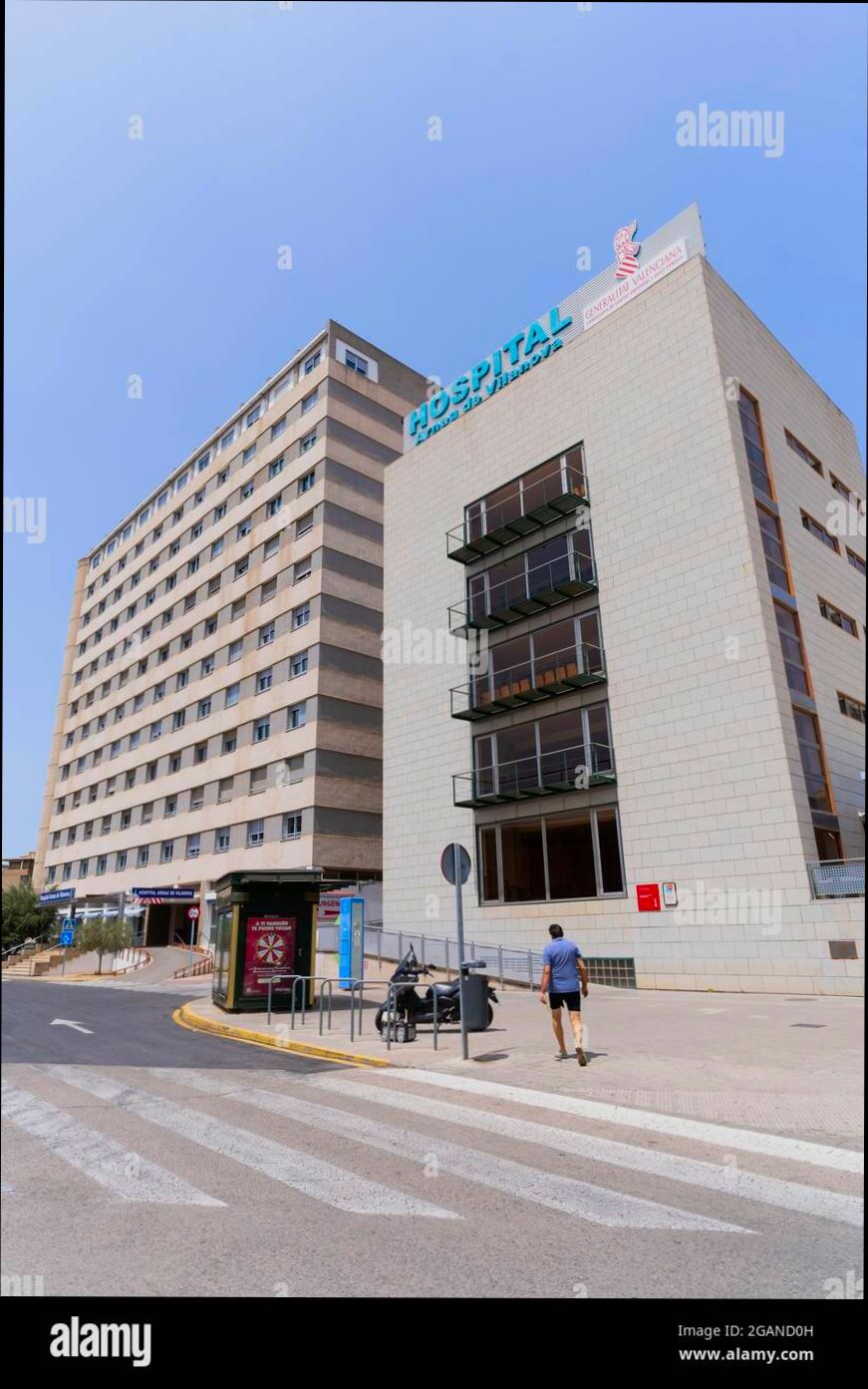
Common Medical Issues Faced by Tourists
When you’re traveling in Spain, the last thing you want to deal with is a health issue. But hey, it happens! Let’s chat about some common medical problems tourists face and what you can do if things go sideways.
| Medical Issue | Description | Prevention/Tips |
|---|---|---|
Sunburn | Spain’s sunshine can be intense. Many tourists end up with a nasty sunburn. | Wear sunscreen, sunglasses, and hats. Stay in the shade during peak hours! |
Food Poisoning | Sampling street food is tempting, but it can lead to foodborne illnesses. | Eat where locals eat, and make sure your food is freshly prepared. |
Allergies | Pollens and other allergens can trigger reactions for some tourists. | Keep your allergy meds handy and check pollen counts! |
Heat Exhaustion | With temperatures rising, some may feel faint or dizzy. | Stay hydrated and take breaks in the cool shade. |
Minor Injuries | Tripping while admiring the architecture? Yep, it happens! | Pace yourself and watch your step, especially on cobblestones. |
According to a study, around 30% of tourists report experiencing health issues during their trips. Yikes! But don’t let this scare you! Just be prepared and proactive. Keep a first aid kit, know where the nearest pharmacy is, and familiarize yourself with local emergency numbers.
In case you need medical help, Spain has a robust healthcare system. Public hospitals do offer services to tourists, but it’s always smart to have travel insurance for emergencies. You’d want coverage for unexpected health hiccups, right?
Alice, a traveler, shared her experience with a minor ankle sprain in Barcelona. She visited a public hospital and, while it wasn’t free, the costs were minimal compared to what she expected. Plus, they treated her really well! So, while healthcare isn’t completely free, decent care is significantly affordable.
So, enjoy your time in Spain! Just stay aware, take care of yourself, and you’ll have a blast!

Case Study: Hospital Experiences of International Visitors
So, you’re traveling to Spain, and you’re probably wondering, “What happens if I need medical help?” Well, let’s dive into the reality of hospital experiences for international visitors in Spain. Spoiler alert: it’s not as scary as it sounds!
| Scenario | Visitor Experience | Cost to Visitor |
|---|---|---|
Tourist with a minor injury | Visited an emergency room, manageable wait, friendly staff | €50 - €100 for treatment |
Traveler with a chronic condition | Got immediate a specialized care, no wait | €100 - €200, depending on treatment |
Accident requiring urgent surgery | Fast response, excellent facilities, bilingual staff | €1,000+, but insurance covered most |
According to a 2022 survey, around 15% of international visitors needed medical assistance while in Spain. Most visitors reported that hospitals were clean, efficient, and that the staff spoke English. Imagine that—help is just a hospital visit away!
Fun fact: Spain has one of the highest healthcare capabilities in Europe, ranking 9th globally in terms of healthcare systems. You’ll find that most public hospitals do not charge visitors upfront for services, but remember, those with insurance (either travel insurance or European health cards) will fare better when it comes to costs.
Just to share a real-life example, a friend of mine visited Barcelona last summer and sprained her ankle during a hike. She went to a nearby public hospital, and they treated her efficiently with minimal wait time. The entire visit cost her around €60, which was covered by her travel insurance. So, it ended up being a stress-free experience!
Another instance involves a couple who visited Madrid. They had a mild allergic reaction and needed antihistamines. They went straight to a local hospital where they were treated promptly without complicated paperwork. Their cost? Just €30! It’s pretty impressive, right?
In short, while hospitals in Spain aren’t completely free for tourists, there’s a good system in place. If you have adequate insurance, you’ll likely find the experience smoother than you’d expect. Just keep your insurance details handy, and maybe take some time to relax over tapas afterward!

Steps to Access Healthcare as a Tourist
If you’re planning a trip to Spain and wondering about healthcare access, you’re in luck! While public healthcare is mostly for residents, tourists can still get the help they need. Here are a few simple steps to follow:
- Know What You’re Covered For
First, check if you’re covered by your travel insurance for any health issues. Most policies offer some sort of coverage—just make sure to read the fine print!
- Find Nearby Healthcare Facilities
In emergencies, head to the nearest “Urgencias” or use apps like Residoora to locate healthcare facilities easily. They can help you find hospitals and clinics while you’re on the go.
- Bring Necessary Documents
Keep your ID, insurance info, and any medical records handy. You might not need them, but it’s better to be prepared!
- Walk into a Hospital or Call for Help
If you need immediate assistance, just walk into a hospital. For non-emergency issues, you can call the local health number. In Spain, that’s 061 for emergencies.
- Language Barrier
Don’t stress if your Spanish isn’t perfect! Many doctors in tourist areas speak English. If you need help, don’t hesitate to ask for an interpreter.
What if you need urgent care?
Spain is pretty tourist-friendly when it comes to healthcare. In fact, about 34% of tourists in Madrid reported needing medical help during their visits. Hospitals will usually treat you right away, but be prepared with a payment method if your insurance doesn’t kick in.
Quick Checklist of Common Symptoms to Look Out For
| Symptom | Action |
|---|---|
Fever | Check into a clinic for quick assistance. |
Allergic Reaction | Head straight to “Urgencias”. It can be serious! |
Food Poisoning | Visit a hospital if symptoms are severe. |
Minor Injuries | Local pharmacies can often help, but hospitals are there if needed. |
Remember, Spain’s healthcare system is responsive, and you’re not alone. Enjoy your trip and stay safe!
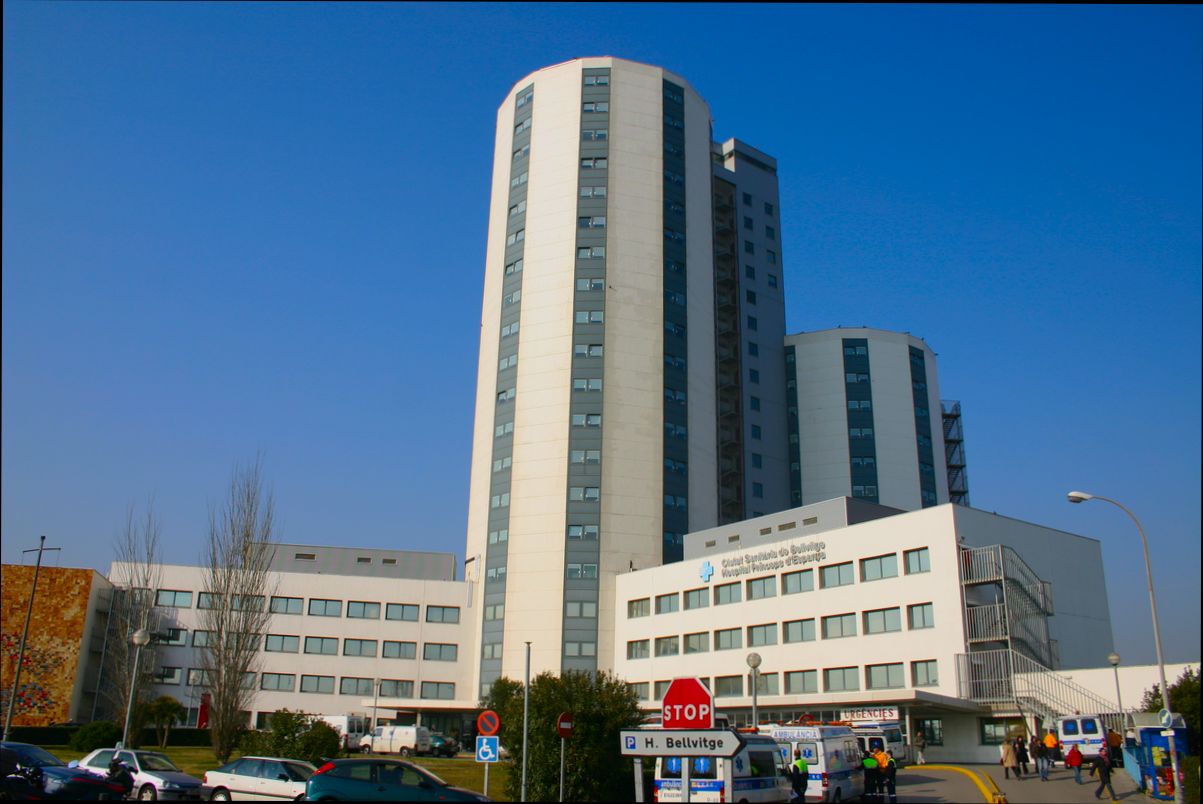
Table: Comparison of Hospital Charges by Region
When it comes to healthcare in Spain, it’s good to know that emergency services are generally free for everyone, including tourists. However, if you need to dig a little deeper into hospital charges, here’s a quick look at how costs vary across different regions.
| Region | Average Cost for Emergency Visit (€) | In-Hospital Stay (per day) (€) |
|---|---|---|
Madrid | 0 (free for tourists) | 300 |
Barcelona | 0 (free for tourists) | 280 |
Valencia | 0 (free for tourists) | 250 |
Seville | 0 (free for tourists) | 240 |
Bilbao | 0 (free for tourists) | 270 |
As you can see, emergency visits don’t cost a dime, but if you find yourself needing an extended stay, be prepared for those daily charges. Of course, having health insurance is always a good idea just in case! Even with premiums, platforms like Residoora can help you find the best health insurance deals that cater to tourists. They take the guesswork out of it, helping you make smart decisions while you focus on enjoying your time in Spain!

Resources for Emergency Assistance in Spain
If you find yourself in a bit of a jam while visiting Spain, don’t fret! There are various resources available for emergency assistance. Here’s a quick rundown:
| Resource | Contact Information | What They Offer |
|---|---|---|
Emergency Services (Ambulance) | 112 | Quick medical assistance and emergencies. |
Tourist Information Centers | Local branches | Guidance and support, including medical advice. |
Local Hospitals | Varies by location | Emergency care and hospital services. |
Private Health Insurance | Check your policy | Covers emergency care while traveling. |
According to the Spanish Ministry of Health, emergency care in public hospitals is free for tourists who need immediate assistance. But make sure you have your EHIC card (European Health Insurance Card) or private travel insurance. If not, you’re likely to face charges for non-residents.
And hey, it’s not just hospitals—many pharmacies in Spain offer free consultations for minor issues, so you might want to pop into one if you need something basic like pain relief or advice on treating a cold.
Lastly, if you ever find yourself needing some help navigating healthcare or resources in Spain, platforms like Residoora can point you to local real estate specialists who might also be familiar with health services in the area. They’ve got the lowdown on not just housing but also local services. So, you won’t be wandering off in confusion!
In case of more serious health emergencies or complicated condition handling, don’t hesitate to contact your embassy; they can guide you through the necessary steps and connect you with local services.
